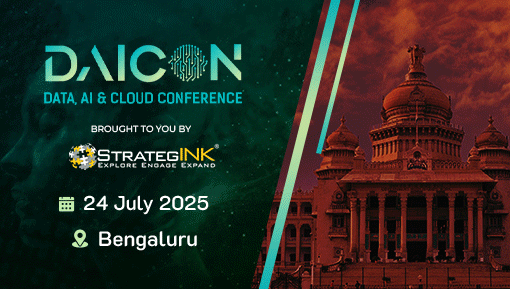
From postcard to email, from hi hello and finding school, college or workplace friends to Facebook and Instagram.
From travel agents to self-service ticketing for flights and railways. From the protracted line at the bank counter to the internet banking and payment processes. From consulting friends on a particular restaurant or movie to browsing online reviews and decide.
The ways in which technology is changing our lives, our jobs, and almost everything else are numerous. We are, in a nutshell, living in the Digital Age, a time when technology is omnipresent and has an impact on everyone, whether directly or indirectly.
Technology for Businesses: Roots for Digital Transformation
While technology plays a major role in our personal lives, it is essential to employ technology for commercial purposes and to enhance the consumer experience. The process of employing technology to increase a business’s competitiveness is known as digital transformation.
Businesses need to use the newest technology tools in a digital economy to stay relevant. This includes automating procedures and commercial operations to augment efficiency. Additionally, it entails optimising processes, creating a better digital user experience, and generating more innovative products. Since digital transformation is a continuous process, these adjustments can be made gradually to advance the company’s operations.
Benefits of Digital Transformation
The main objective of digital transformation is to increase the competitiveness of an organisation. Some additional advantages include:
- Attracting new customers by enhancing user experience.
- Building client loyalty through interaction.
- It encourages workers with better resources for success.
- It increases an organization’s effectiveness.
Roadmap of Digital Transformation
It is strongly advised that organisations must establish a proper roadmap for implementing digital transformation. Organisations need to identify which area to focus on in order to transform the business. Overall, digital transformation entails transforming the business model, processes, systems, etc. mentioned below:
Business Model Transformation
Start by answering if the organisation’s business plan make sense in a world where everything is digital? Take a look at innovative pricing methods, items, and services that cater to the high-tech markets of today. The transition Netflix made from renting DVDs to streaming video content is an illustration of how a digital business model can change. To figure out how to expand your firm, start by considering your long- and short-term goals.
Process Transformation
How can you modernise your routine business operations? Audit your procedures to identify any inefficiencies that may be fixed. Use benchmark measures to evaluate the effectiveness of each new tool or procedure over time, consulting stakeholders as necessary for feedback. While some organisations may completely restructure their operation, some might move to an automated invoicing tool. Despite the situation, the business process needs to be carefully examined and changed before the transformation project starts.
System Transformation
The next stage of digital transformation covers the company’s migration to the IT system. Using the right technologies improves security, agility, and scalability while costing less.
Once you’ve decided which operations you can migrate to the system or create the appropriate IT system for, you can start moving workloads and data.
Cultural Transformation
Last but not least, keep in mind the necessity of a culture shift within the organisation. Offering new cloud-based software to your staff is one thing but getting them to utilise it is quite another. Seek for opinions and suggestions from all corporate departments so you can gauge how people feel about digital technology. Give the entire team proper instruction and materials, putting a focus on cooperation.
Risks and Challenges in Digital Transformation
In addition to creating a roadmap, it is important to identify the challenges and risks associated with transformation projects. At the same time, an appropriate plan must be in place, once the focal area and priorities have been established.
Some of the key risks and challenges are:
People
It’s possible that certain employees within the organisation will resist change. Instead of making a leap into the uncharted with new technology, they would rather continue with established practises. Reassurance will be a crucial component of your strategy.
Organizations must recognise that while technology offers advantages, it cannot completely replace human intelligence. In order to dispel worry, effective communication must demonstrate that the shift won’t affect people.
Even when people embrace change, they still require the correct training and guidance to use these tools effectively. The lack of digital skills among current employees can be overcome with appropriate training over time.
Financial and Business Resource
Costs and time are involved in the implementation and changes of IT systems. It will take some time to factor the cost of digital transformation into your budget. Several businesses look for extra funding just for digital technologies.
To help with your implementation and training, you’ll need to find professionals. Collaborate with HR to close any knowledge gaps and strengthen your company’s workforce with highly qualified personnel.
In conclusion, it is imperative for organisations to see digital transformation as an enabler for building a competitive advantage and must create a roadmap for different forms of transformation that will come along the way. Being aware of the risks and challenges along with potential solutions to address the same is integral for digital success.






